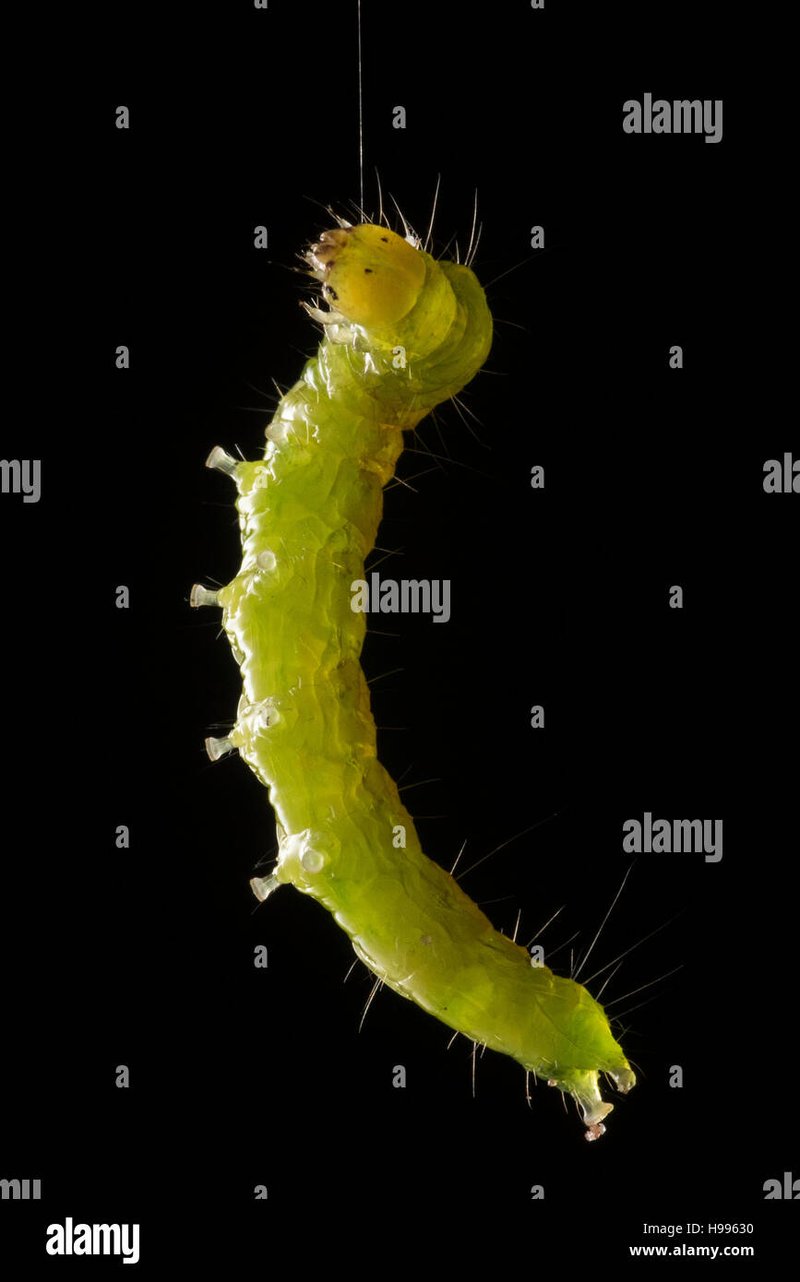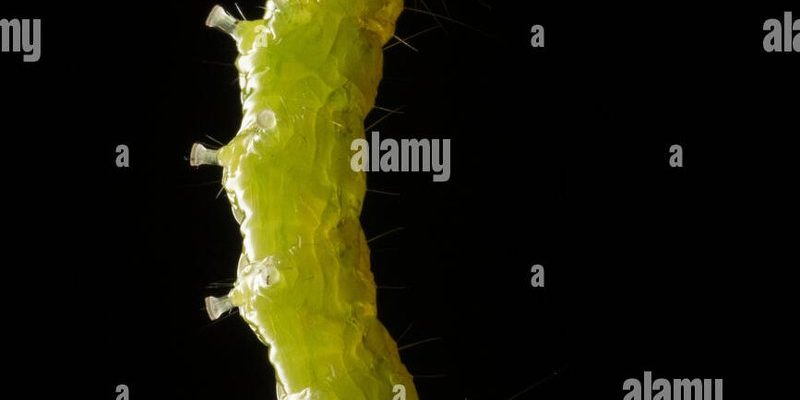
Inchworms, which are the larval stages of moths, have a distinct way of moving called “looping.” This means they pull their bodies into a tight curl and then extend to move forward. The silk plays a crucial role in this process. As they make their way through their environment, they leave behind a trail of silk, helping them stay anchored and providing a secure connection to their surroundings. So, let’s explore just how these clever little critters use silk threads for mobility.
The Basics of Inchworm Movement
Inchworms are famous for their characteristic movement. When you see them inch along, it seems like a simple task, but there’s a bit of gymnastics involved! They contract and expand their bodies, creating a loop that allows them to inch forward. Think of it like a miniature concertina.
This movement is effective for a couple of reasons. First, it helps them evade predators. When they’re in motion, they can quickly curl up and blend in with leaves, making them harder to spot. It’s like they’re playing hide-and-seek with nature! Second, this type of movement allows them to navigate through tight spaces in plants where other creatures might struggle to go.
Another essential aspect of inchworm movement is how they use silk to assist in this process. The silk is not just an accessory—it’s a game changer. When they need to climb or move to another location, inchworms use their silk to create a secure line. It acts like a safety harness, catching them if they slip or helping them swing to a new spot.
The Production of Silk Threads
Now you might be wondering, how do inchworms actually produce silk? It all comes from special glands located in their mouths. These glands secrete a protein that hardens when it comes into contact with air. It’s a bit like magic, right? The silk starts out as a sticky liquid that quickly changes into a strong thread.
Inchworms can control how much silk they produce. When they’re climbing or moving to a new location, they can let out longer threads, giving them the ability to swing or lower themselves safely. This is especially useful when they need to move from one branch to another or navigate tricky areas filled with obstacles.
The strength of the silk is impressive too. Inchworm silk is lightweight, yet it can withstand a surprising amount of tension. Imagine trying to hold onto a string while being pulled from both ends—it needs to be strong enough not to break! This is crucial for the inchworm as it relies on this silk for mobility throughout its life.
Using Silk for Safety and Support
Aside from mobility, silk serves a critical function in providing safety for inchworms. When they’re traversing high branches or precarious positions, having a silk thread connected to their body can mean the difference between a smooth journey and a hard fall. It’s their built-in lifeline, always available and ready to catch them if they lose their grip.
Furthermore, silk threads also play a role in protecting inchworms from threats. When they feel threatened, they can quickly anchor themselves to a branch and stay hidden, making it harder for predators to reach them. It’s their version of pulling the blanket over their heads when they’re scared!
You might also notice that when inchworms are finished with their silk threads, they often leave them behind. This can create an additional layer of camouflage against predators. The threads blend into the surrounding leaves, making it even harder for birds or other creatures to spot them.
How Inchworms Use Silk in Their Life Cycle
Inchworms don’t just rely on silk for movement and safety; it’s also vital during their transformation into moths. When inchworms are ready to pupate, they create a silk cocoon around themselves. This protective casing keeps them safe while they undergo metamorphosis.
The silk cocoon acts like a cozy little home, crucial for their development. Inside the cocoon, they make significant changes to become moths. Without this silk, they would be vulnerable to the elements and predators during this critical phase of their life cycle.
Creating these cocoons is another fascinating aspect of silk production. Inchworms have to be strategic about how much silk they use to balance durability and safety. A well-made cocoon can provide the perfect environment for them, allowing them to emerge later as beautiful moths, ready to start the cycle anew.
Why Understanding Inchworms Matters
You might be thinking, “Why should I care about inchworms and their silk?” Well, here’s the thing: understanding these small creatures gives us insight into the larger ecosystem. Inchworms play a role in the food chain. They help control plant growth and serve as food for various animals.
Moreover, their silk has intrigued scientists for years. Researchers study it to learn more about natural materials and their potential applications in medicine and technology. Who knows? Maybe one day, we’ll be using silk made by inchworms in new, innovative ways!
Also, for anyone interested in gardening or caring for plants, knowing about inchworms can help. Keeping an eye out for them allows you to manage their populations effectively, balancing their role in the ecosystem without letting them become too destructive in gardens.
So there you have it! Inchworms are pretty remarkable, aren’t they? They use silk threads not just for mobility but also for safety, protection, and transformation. As they inch their way through life, they leave behind a trail of silk that plays multiple roles in their survival.
Next time you spot an inchworm, take a moment to appreciate the incredible ways it uses silk. It’s a small but mighty creature, showcasing the wonders of nature and the powerful role that something as simple as a thread can play. Understanding inchworms teaches us not only about their unique lives but also about the delicate balance of our ecosystems. Isn’t nature just full of surprises?

